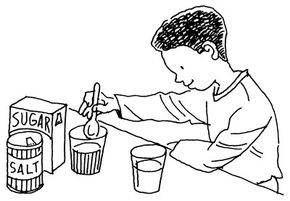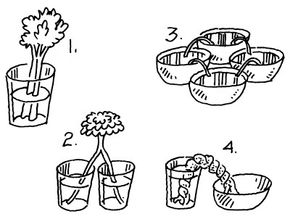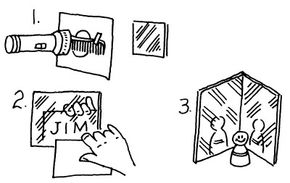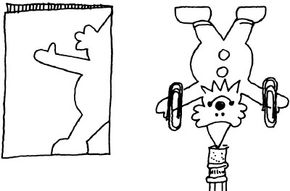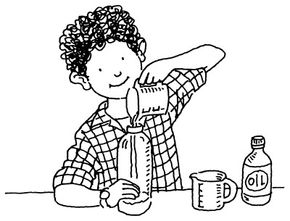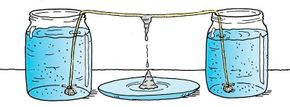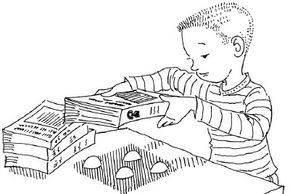Science experiments for kids explain everyday mysteries like what causes rain, answer questions about form and function, and simplify concepts like symmetry and capillary action. They're fun, they're fascinating, and they're a great way to spend time indoors on a cold or rainy day.
Forget beakers and Bunsen burners, exploding chemicals and complex instructions. These science experiments are safe and simple, relying on materials that you have at home. Follow the step-by-step instructions with your junior scientists, and you'll learn together. Who knows? Maybe it will be the start of a lifetime fascination with how stuff works and why.
Advertisement
Follow the links below to learn how to conduct simple science experiments:
Measure water vapor from a leaf to see if leaves breathe.
Look-Alike Tests for Salt and Sugar
Try some tests to see how these two compounds act differently.
Plant garbage instead of seeds, and find out what biodegradable means.
Add a sparkling crystal coat to decorations and paper sculptures.
Try this test to see if all objects of the same size have the same density.
Construct an experiment that will demonstrate how water moves through tiny spaces in fiber.
Learn more about mirrors and the reflections they cast.
Magnetize an ordinary nail by rubbing it with a magnet.
Turn science into magic and art with this balancing clown.
Combine oil and water for an experiment and a decorative display.
Heat the air in a balloon, and watch it expand.
Create a little rain in a jar to understand how rain works outdoors.
Forget waiting thousands of years -- grow your own in a few days.
See how many phone books these little shells can support.
Do leaves really "breathe?" Look on the next page to see how you can capture leaf vapor and find out.
For more science experiments and other fun activities and crafts, check out:
Advertisement
